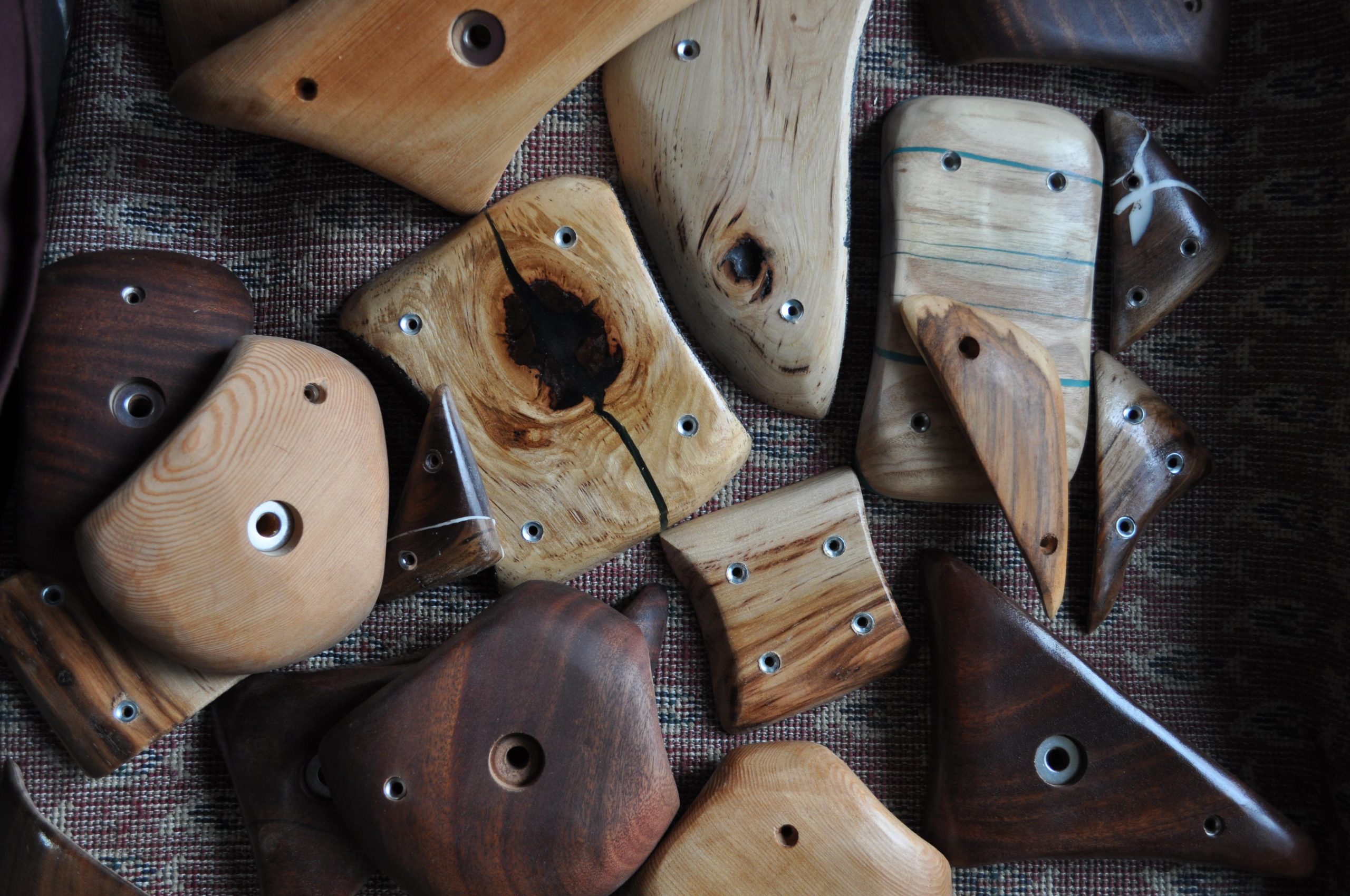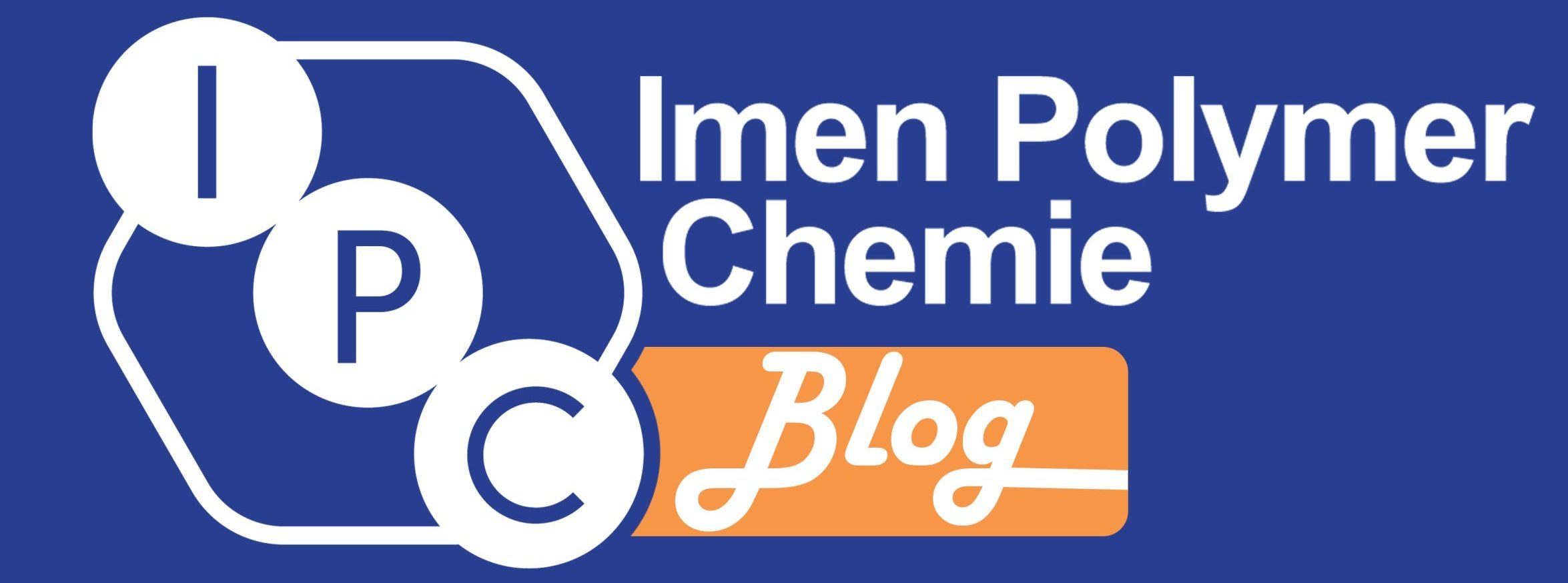Table of contents
Different kinds of hold materials
Different materials offer different performance characteristics, and allow you to fine tune your holds to match your use case. Within each material, overall quality also makes a major difference; cheaper resin blends allow for lower priced holds, but performance and durability are both negatively impacted. There are different holds on the market in many shapes, textures and colors. Selecting the right material and the right quality will ensure your holds perform for years to come.
Polyurethane:
Polyurethane (PU) holds have become standard at gyms, replacing older polyethylene (PE) designs. PU holds offer the longest lifespan and most chip resistance, and best longevity for commercial and home use. PU resins have a small degree of flexibility, offering impact resistance.
Moreover, overtightening holds and cracking them is less likely with PU. In other words, by using a mixture of high-quality polyurethane as raw materials, well-textured holds can be obtained, which are easier to grab compared to wood ones. Polyurethane climbing holds are shaped by pouring them manually or using a machine to inject the resin into a mold.
PU climbing holds offer great texture and more grip options and they are easier to hold than wood.
Generally speaking, climbing holds made of PU materials have several advantages, including the following:
- Soft feeling
- Durable (in temperatures up to 50)
- Wear, abrasion, impact and tear resistance
- Prevent cracking
- Light weight
- Fast curing time
- Drill or screw ability
It is worth mentioning polyester resin can be used for such purpose, but polyurethane is more flexible than polyester and less prone to chipping and snapping when mixed correctly.
Polyethylene
Polyethylene was one of the original molded hold materials, offering a durable resin that closely replicated real rock texture. PE resin blends are much easier to work with and have a long history of development. PE holds are brittle and can easily chip/crack if improperly handled.
PE holds tend to be heavier as excess material cannot be hollow backed in the same way as PU due to the brittle nature of PE. PE is significantly more UV stable and are suitable for outdoor use. However, they have the following disadvantages:
- Can be broken if tightened too much and not having appropriate strength as their PU counterparts (expressing brittle nature)
- Much more prone to chipping and cracking
- No possibility of drilling into it
Wood
Wood is a popular selection for these holds and it offers the least friction of all modern hold materials. This reduced friction is easier on skin and requires more muscle activation to maintain grip, making them popular options for climbers looking to improve strength. On the other hand, wood holds had the following disadvantages:
- Harder to clean or sanitize
- Only available in smaller sizes
- Time-consuming and laborious processing method
- Higher weight parts
- Not durable (compered to their resin counterparts) and prone to failure and cracking

To sum up, it can be said that climbing hold industry is gaining more and more attention day by day. There are various materials have been used to produce the holds; among them climbing holds made of polyurethane material have shown superior properties. They can come in different sizes, shapes and offer several benefits which distinguishes them from other counterpart materials.




